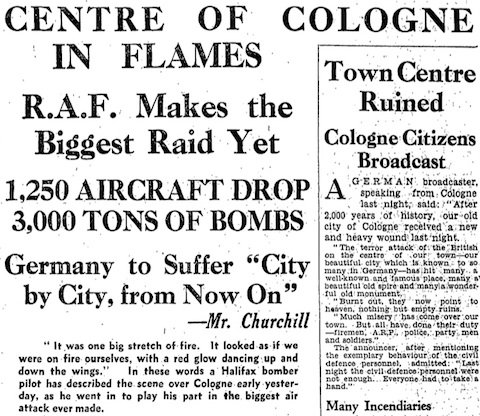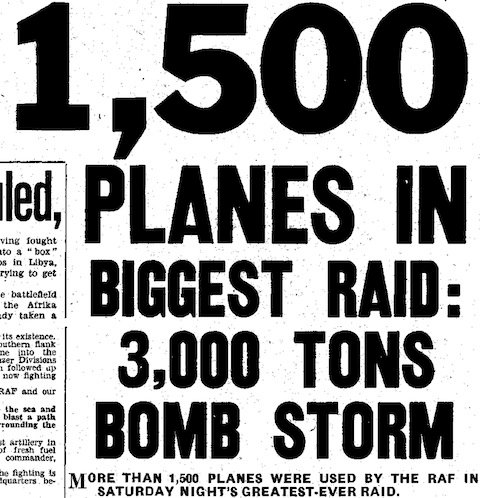After Millennium — IV
What was the response to the Canterbury Baedeker raids? There was actually surprisingly little direct comment in the British press, but the major theme was to reaffirm that British raids on German cities were not reprisals but attacks on legitimate targets; whereas German raids on British cities were not even reprisals but merely spite. In […]



